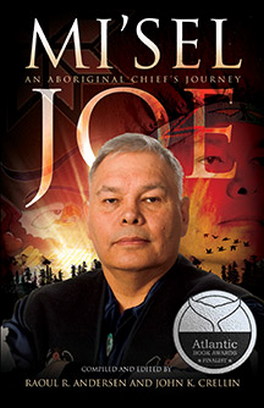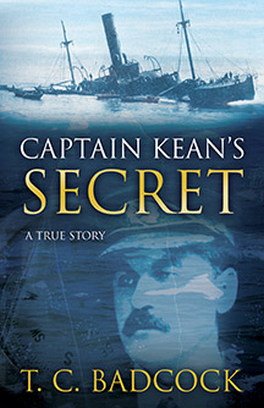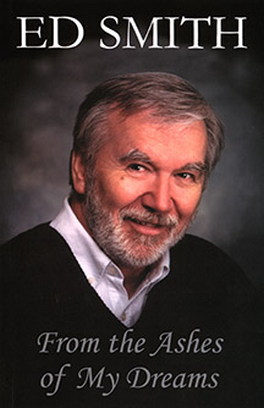Mi’sel Joe: An Aboriginal Chief’s Journey chronicles both the life of an individual and that of his people. Mi’sel Joe is the traditional and administrative chief of Newfoundland’s Conne River Mi’kmaq Reserve. Through a series of taped interviews with Raoul Andersen and John Crellin, Mi’sel Joe tells his life story, including his unorthodox education through the many migratory jobs that took him as far west as Alberta. Mi’sel Joe also speaks of a community fighting for the right to determine its own future. He tells of the struggle to revitalize traditional values in the face of racial prejudice. He reveals the steps being taken by aboriginal leaders, both in this province and elsewhere, to help their people gain respect in a white man’s world without losing their own identity. Mi’sel Joe’s story is his own, but it is also a window into Mi’kmaq history, culture, and traditions. Canadian Aboriginal Books for Schools 2009–2010 Selection Finalist for the 2010 Democracy 250 Atlantic Book Award for Historical Writing First Nation Communities Read 2011–2012 "Also Recommended" Title
In St. John’s, we went to a meeting with the government’s negotiating team and tried to convince them to release our funds and, to my amazement, they agreed to release the funds. But when we went to the bank in Grand Falls, we found that the province had called ahead and put a stop order on transferring any money. They were giving us the runaround.
So we went back to Conne River and held a second meeting and convinced about 100 people to travel to St. John’s in April 1983 to petition government to release our money. Wetzel and I went to St. John’s a week ahead to raise money to hire two buses for people in Conne River. Money came from church groups, trade unions, and the Assembly of First Nations. When the people left home, others were standing on the side of the road booing and making fun of them, and saying, “You’re crazy. You’re going to follow this crazy Mike Joe into town and take on the province.” “You’re not going to win anything.” “You’re going to come home worse than when you went in there.”
So we went back to St. John’s and occupied a provincial government building, the provincial minister’s office in Atlantic Place, downtown St. John’s. We padlocked the door inside. There were around 30 of us inside the office, including children and women. My 14-year-old daughter, Leona, was one of the children at the office. We held the office for three hours until a riot squad broke through a wall and arrested all of us, children included. I remember myself and Leona sitting by a wall when this huge police officer broke through the plasterboard wall; there were police officers everywhere dragging our people out and carrying us off to jail. When we got back to the Catholic Action Centre, you could see in people’s faces what they were thinking: People at home were right. We should have stayed at home. We just came to St. John’s and made fools of ourselves.
That night I looked at all this and watched people get drunk, people sitting by themselves, and a lot of them were downhearted and some cried. That’s why I locked myself in a room all night and I said, “There has got to be answers.” And that’s when spiritualism started to happen. There were pictures of Christ all over the Action Centre, and one on the wall in this little kitchen where I locked myself in.
I didn’t know how to pray. I wasn’t a very churchgoing person when I was growing up, so I had forgotten the prayers. But all night I tried to pray to this picture, and every time I did that, this picture, this vision of Roddy Stevens, a Mi’kmaq person, would come. Finally, just before daybreak I said, “Well, I guess this is what I have got to do.” I prayed to the vision of this face, not Jesus with the beard, but the one with the crewcut, glasses, and the round face.
[Mi'sel Joe's] story is that of his community as it moves and evolves. Andersen and Crellin are to be commended for bringing that story so readably to the rest of the province.-- The Northeast Avalon Times --
A lively, fast-paced account of some of the highlights of Joe's public and private life, illustrated with plenty of photographs.-- The Telegram --
An interesting and well written book.-- Atlantic Books Today --























